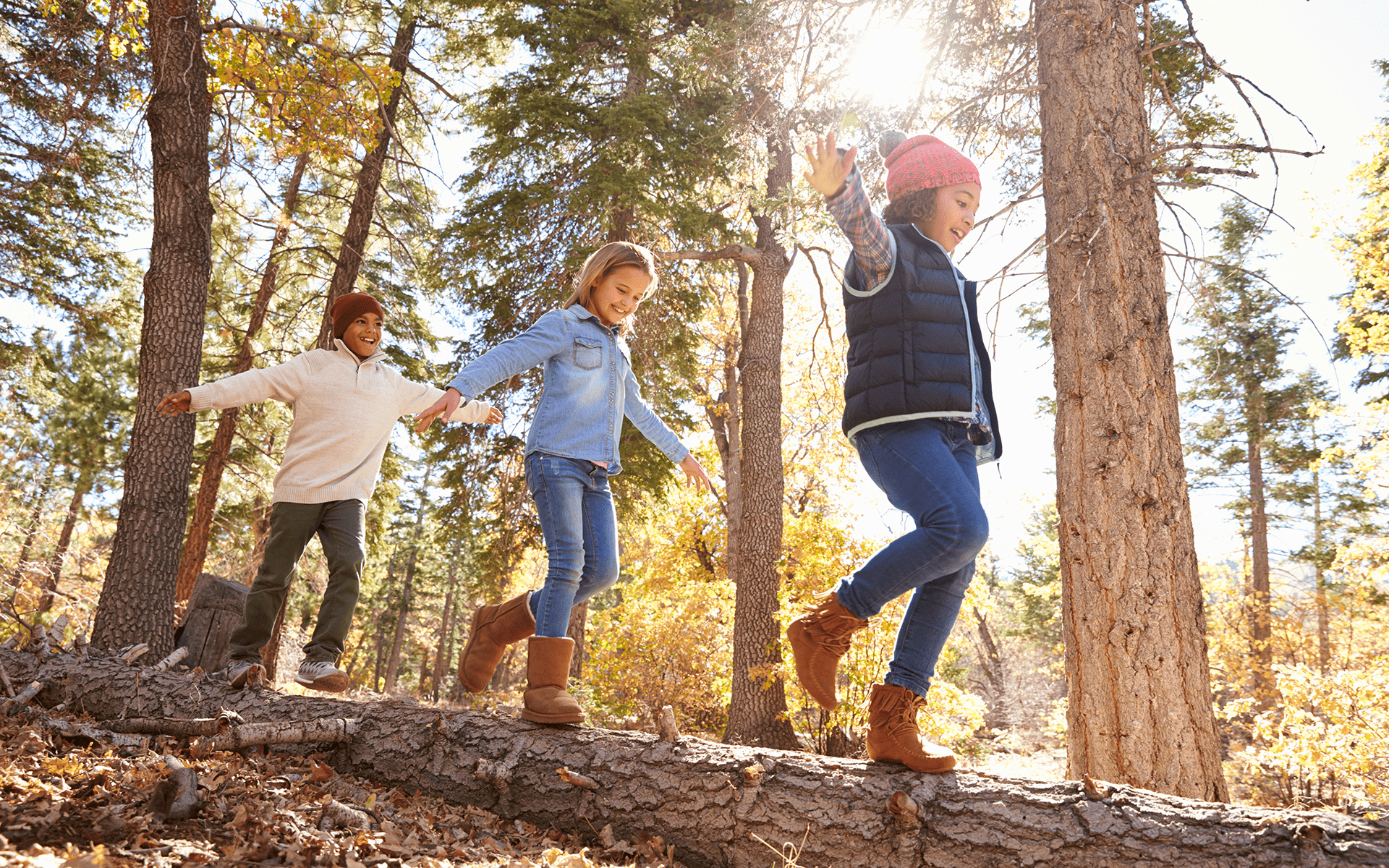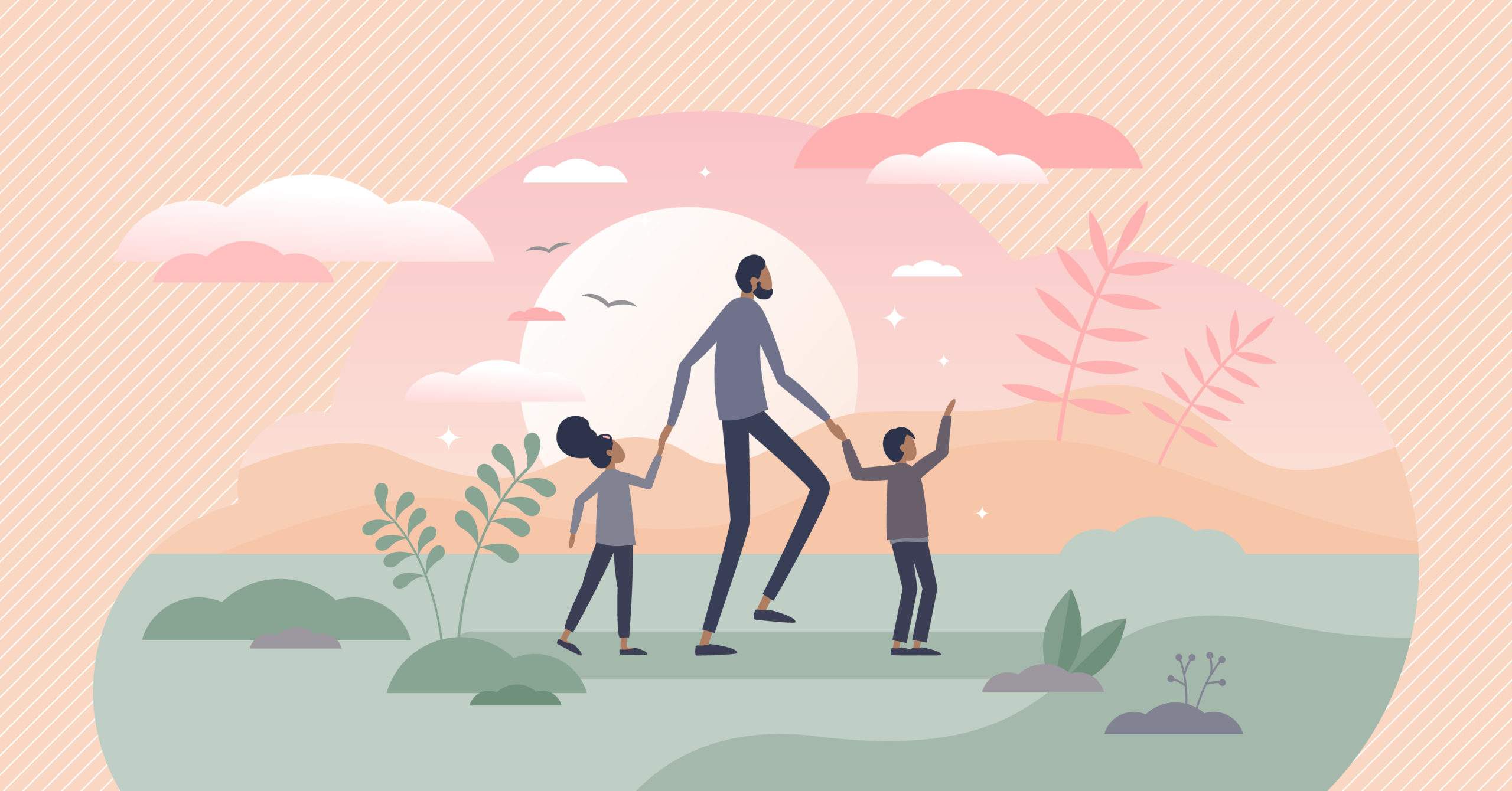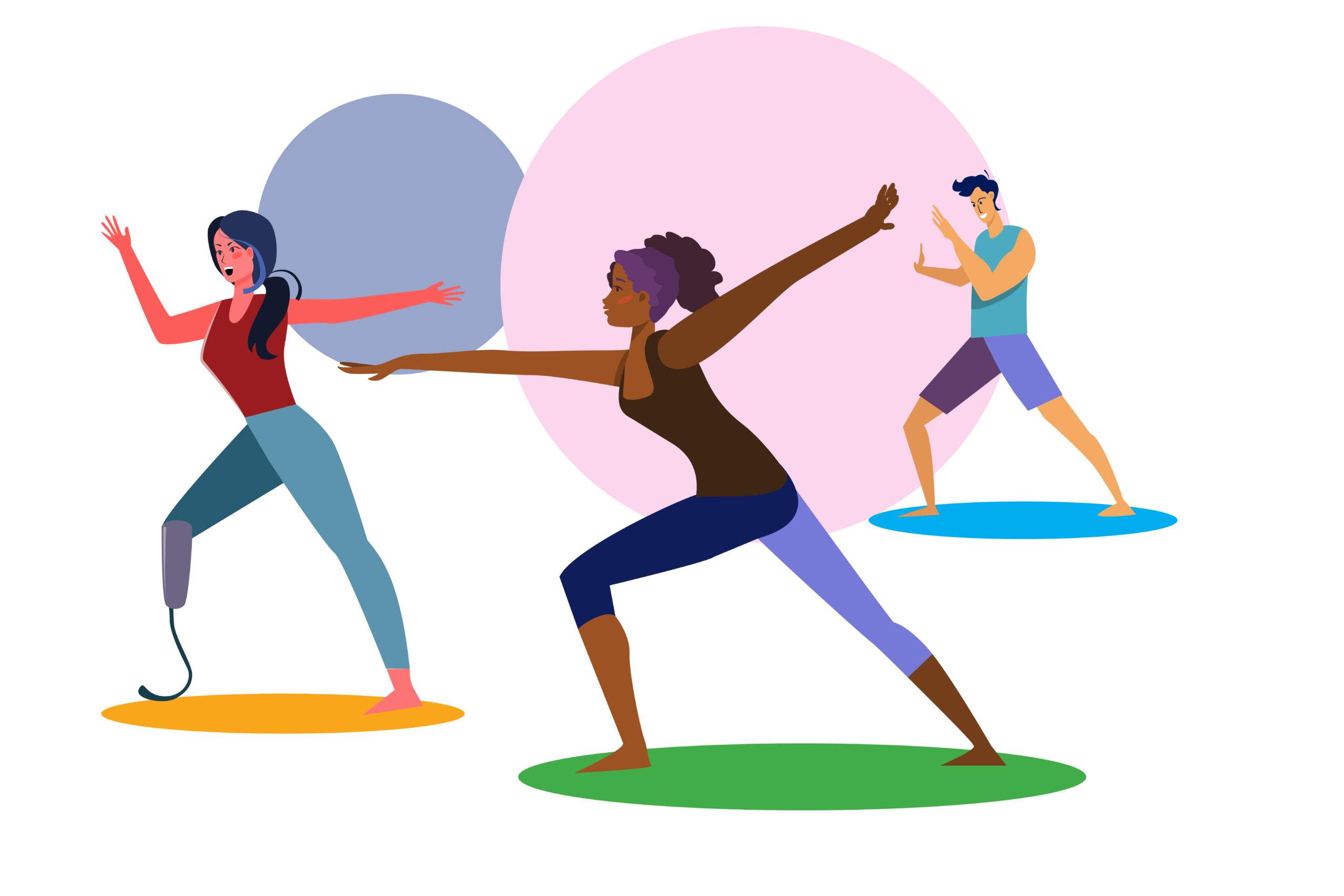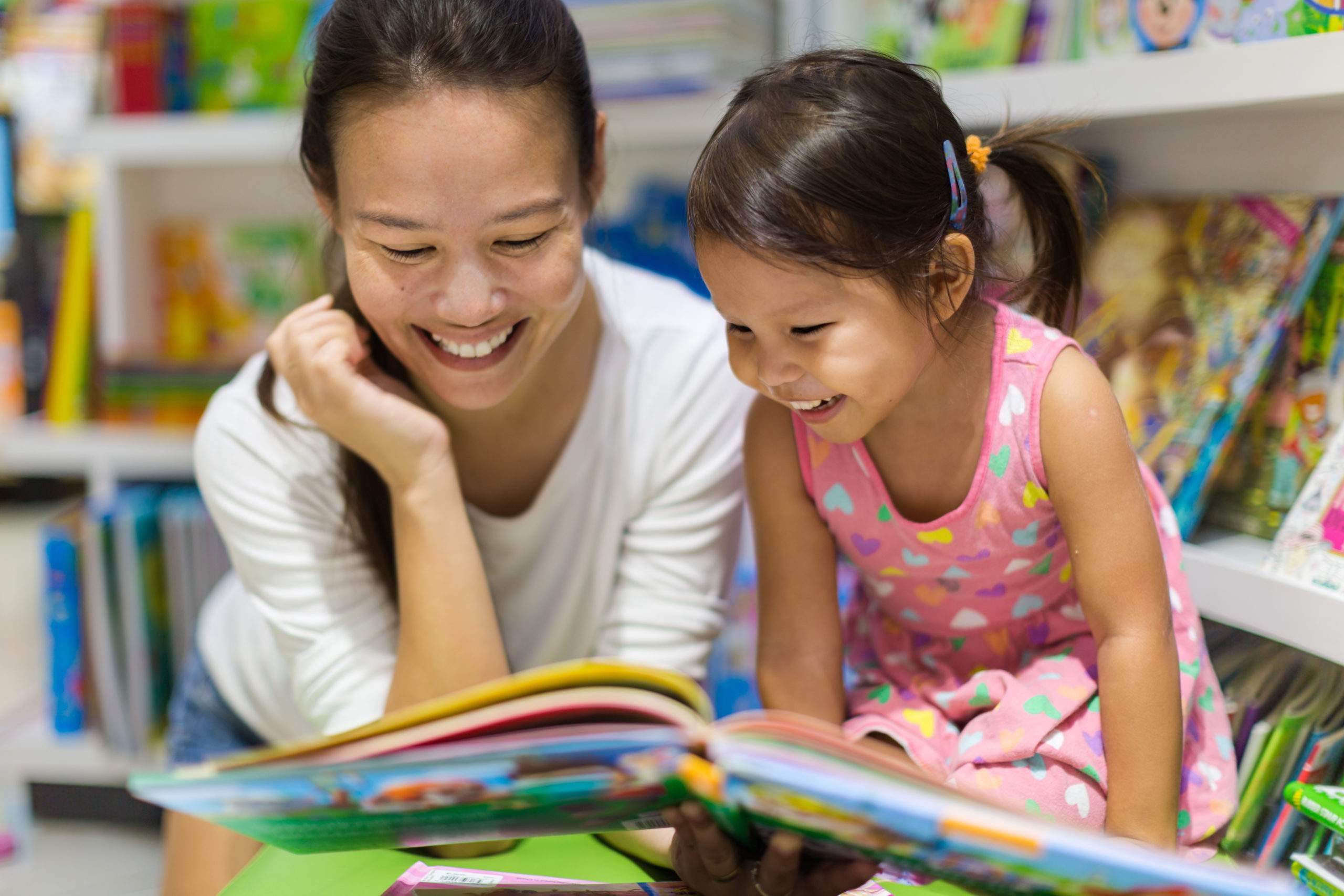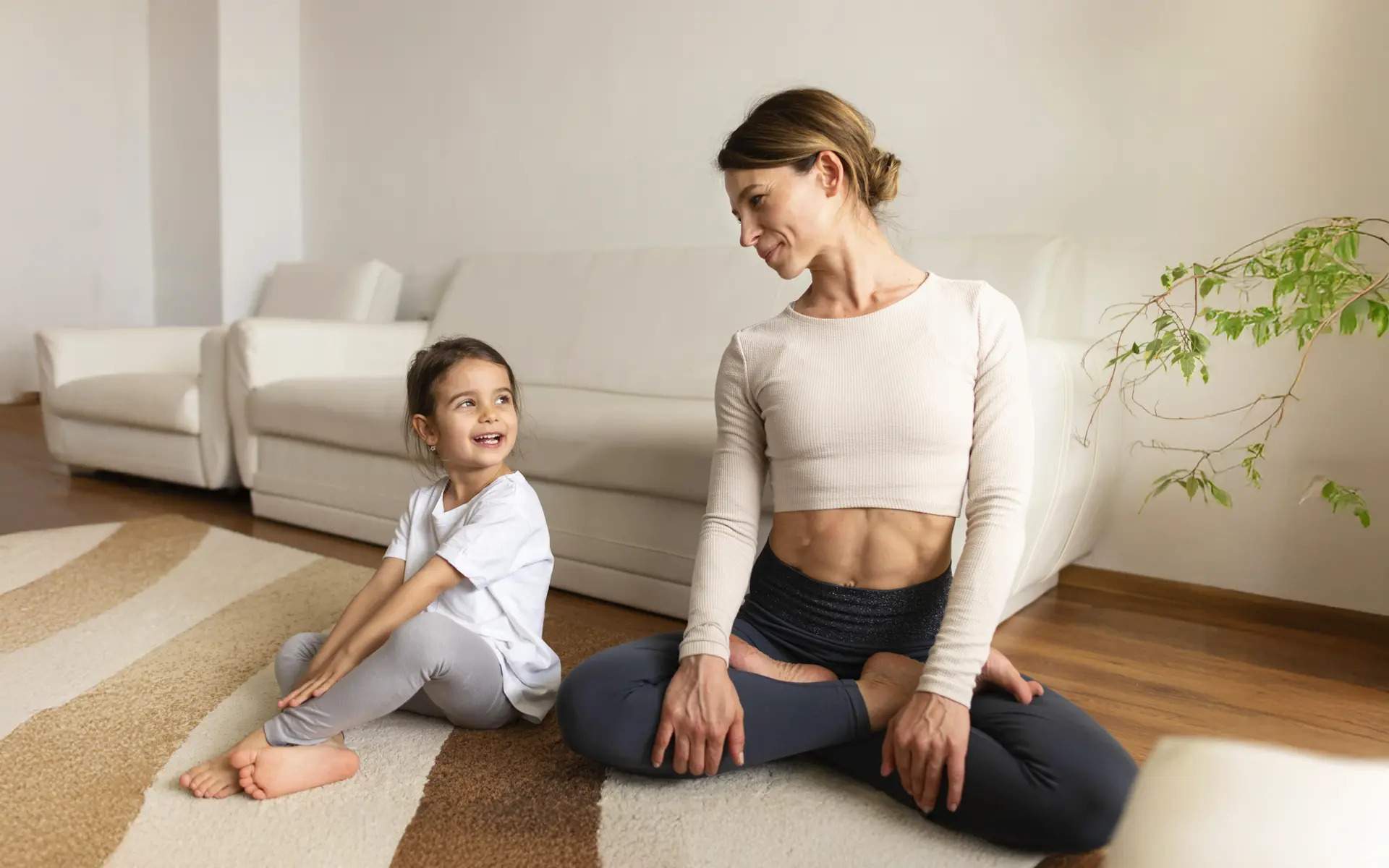I never learned mindful walking as a kid nor did I ever even hear about it until my first Mindfulness-Based Stress Reduction course in my early 20’s. Shortly after that, my practice of mindful walking deepened when I went on my first retreat with hundreds of participants in the rolling hills of southern Vermont and a morning mindful walk was part of the ritual. From that simple practice of mindful walking, a mindful awareness began to permeate many other daily activities and my life and outlook began to fundamentally change.
But a few childhood memories stand out from before I ever learned mindful walking and these still resonate in my teaching kids and teens today. One of my favorite memories is the sweet Audobon Society camp where I spent a number of summers growing up. One particularly vivid memory stands out to me: a group of eight-year-olds walking in the woods, following our counselors’ instructions to make no sound and leave no trace. In that way, we would walk softly on the earth, not frighten away the animals, and be able to see more on our journey. Although, as an adult, I look back and wonder if maybe the counselors were just trying to get us to quiet down.
It takes so much intentional focus, concentration, body awareness, and deliberate intention, or mindfulness, to walk as silently as possible, especially over crunchy leaves and sticks in the forest.
Regardless, it was years later doing the silent walking on the Vermont retreat that I reflected back on those childhood memories of walking silently in the woods. It takes so much intentional focus, concentration, body awareness, and deliberate intention, or mindfulness, to walk as silently as possible, especially over crunchy leaves and sticks in the forest. I share this story often when I teach ways to playfully engage kids, schools, counselors, families, and even camps in mindfulness.
With this inspiration in mind I want to share six ways we can bring more mindfulness into walking for kids and teens.
Mindful Walking Practices for Kids and Teens
1) Silent Walking
Like my own experience as a kid, the basic instruction here is simply to walk as silently as possible. Maybe even add the suggestion of leaving no trace behind that someone could follow.
When we deliberately walk as silently as possible, whether it’s over a carpet, creaky floor boards, or crunchy leaves on the forest floor, we are marshalling all of our attention to the act of walking, aware of the sounds and sensations in our muscles and at the soles of our feet. What’s more, making something playful is one of the best ways to teach, and certainly one of the most fun ways to learn. Find a reason to be a spy or scout, a Ninja, a tracker, or someone else who has to move in absolute silence, leaving no trail behind them, and watch how attention and awareness shift right into the present.
2) Silly Walking
I believe that Jan Chozen Bays is the first one who was inspired by the old Monty Python Ministry of Silly Walks sketch to consider it a potential mindfulness practice. Think about it—after you’ve watched the sketch, of course. The more ridiculous your walk is, the more you have to focus on it to not fall over, and the more your self-consciousness and ego fall away the more you give yourself over to this totally goofy practice.
Kids can enjoy the video as inspiration and often, rather than going right into full on silliness, I’ll suggest walking at first like yourself, then turning up the silliness to level one, then five, all the way up to 10, and then easing back down again.
This approach helps the more self-conscious among the kids (and us) ease into the activity, and practice transitioning between different mind and body states which is often a challenge for kids and teens alike. Exploring the contrasts between silliness and seriousness helps kids strengthen their skills of self-regulation, body awareness, and control.
3) Walk As If…
It’s not just walking in silence or silliness that can inspire greater awareness. As a teen and tween, theater games like walking as different characters or with different emotions brought me and my fellow theater friends right into the moment with new awareness. Or, as one drama teacher reminded me at a workshop I led, what you learn in performance is presence, and that’s pretty close to mindfulness. Walking like other people or with other people also inspires more empathy and compassion.
You can call out the different characters below, or write these and more on popsicle sticks or cards and have kids pick them out and switch every so often.
Here are a few suggestions:
- Walk like a sugar-addled five year old.
- Walk like a heartbroken teenager.
- Walk like you just won the lottery.
- Walk like your team just lost a big game.
- Walk like you are heading to see an old friend.
- Walk like you are in a big hurry.
- Walk like you are going into a math test you haven’t studied for.
- Walk like yourself.
I always love adding “walk like yourself” into this practice because it again helps boost awareness of our body in different emotional states, including what our usual emotional state is on any given day. When we discuss what thoughts and feelings come up, kids often talk about noticing when they walked like they were sad they didn’t see as much, or when they were in a hurry, they cared less about other people. These can be powerful insights and lead us to…
4) Appreciative Walking
Positive psychology helps us remember to notice what’s going well in the world, appreciate the beauty or “take in the good” as Rick Hanson likes to say. This simple practice just encourages us not to move in any particular way, but to notice the beauty in the world around us. We can try to notice the life growing in the midst of the city, or the beauty or changes in what we see on a daily walk.
5) Balancing Acts
Walking is fundamentally about listening to and balancing our bodies. Watch a baby learn to walk and you can see how much deliberate attention goes to just standing up without toppling over. When we are a little older, balance is not such an issue, but we can add a balance challenge and with it, more awareness. You can make a little competition or have fun with these practices:
- Walk a tightrope, or simply imagine that you are.
- Imagine walking over thin ice.
- Balance an egg on a spoon and walk.
- Try to balance something on your head as you walk.
- Walk with coins or action figures balanced on the toes of your shoes.
6) Classic Mindful Walking
Sometimes as a child and teen mindfulness educator, I can overcomplicate things with all kinds of bells and whistles to make mindfulness more accessible, playful, fun, or, admittedly perhaps watered down. In my own insecurity that the kids will think mindful walking is boring, or complain and laugh about “zombie walking,” I may go too far. After all, it was on that family retreat in Vermont many years ago, when I was between childhood and adulthood that hundreds of us—adults and children of all ages, colors, creeds, and abilities—simply walked, holding hands. There were no silly instructions beyond “when you are walking, know that you are walking.” Sometimes this simplicity of just knowing we are walking is the best instruction that even the youngest among us can understand and appreciate. When it comes to mindfulness practice, often the simplest instruction is also the best.
read more
Nature-Based Mindfulness Practices for Families
Connect with nature no matter where you find yourself using simple practices from the SoBe Mindful method, created by mindfulness teacher and author Scott Rogers.
Read More
Getting Started with Mindful Movement
Riding a bike, lifting weights, sweating it out on a treadmill—each can be a mindfulness practice. Whatever the physical activity, instead of simply working out to master a skill or improve your condition, you can move and breathe in a way that shifts you from feeling busy and distracted to feeling strong and capable.
Read More
7 Children’s Books with Mindfulness Messages
Many beloved picture books also offer mindful messages about connection, compassion, and contemplating the world around us. Children’s book authors Olivia Weisser and Christopher Willard share a few of their favourites.
Read More


